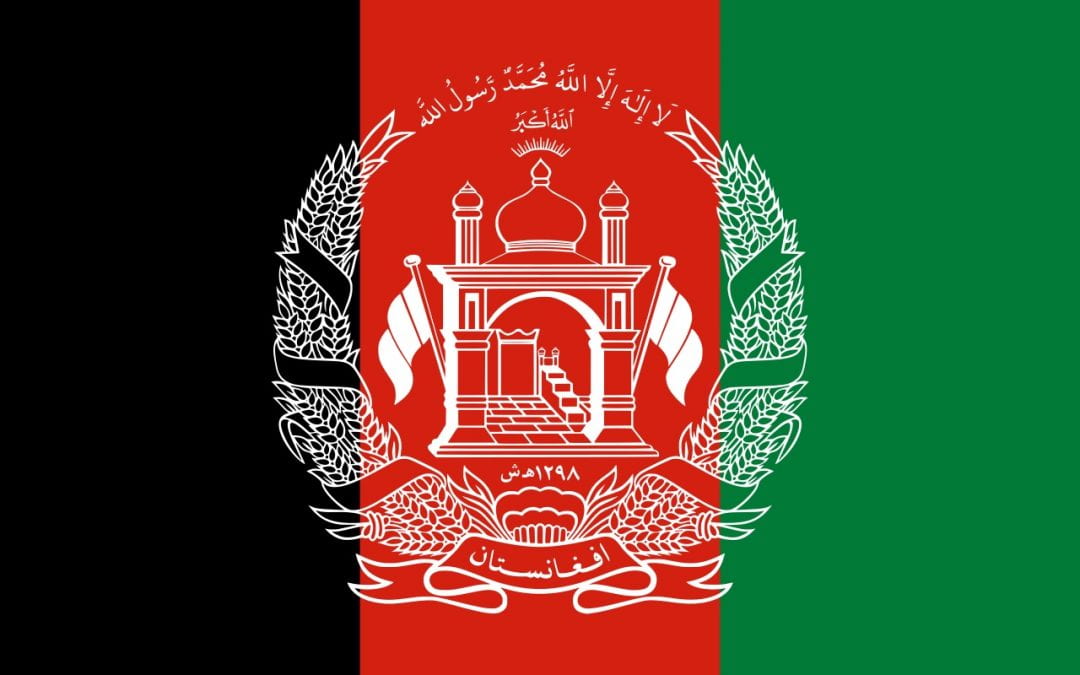The following is an excerpt from an article that appears at The Diplomat magazine. To read the full article, “Afghanistan’s Failed Constitution,” please visit The Diplomat here.
Following the successful efforts in 2001 of a United States-led international coalition in alliance with local Afghan groups such as the Northern Alliance in overthrowing the Taliban, Afghanistan got a new constitution in 2004. This new constitution was supposed to usher in an era of modern governance by empowering the people of Afghanistan, supposedly for the first time in history, after being ruled by monarchs, Communists, and the Taliban. However, the elected, national government that subsequently came into existence never truly put down deep roots in the country; for many Afghans, it is a remote, corrupt regime that is not worth dying for.
The 2004 constitution itself is highly flawed and is responsible for many of the problems facing Afghanistan today – including the retrenchment of the Taliban – because of the structure of governance it created in the country. It was informed neither by history, nor the political and ethnic realities on the ground. These issues were not immediately evident, particularly because activists and scholars focused on civil and human rights issues guaranteed by the constitution instead of the less interesting but equally important questions of how to divide up power.
To read the rest of this article, click here.
Author Biography: Akhilesh (Akhi) Pillalamarri is the moderator-in-chief of the International Law and Policy Brief at The George Washington University Law School. Prior to law school, he worked as an international relations analyst, writer, and journalist. His interests include international, comparative, and national security law.

